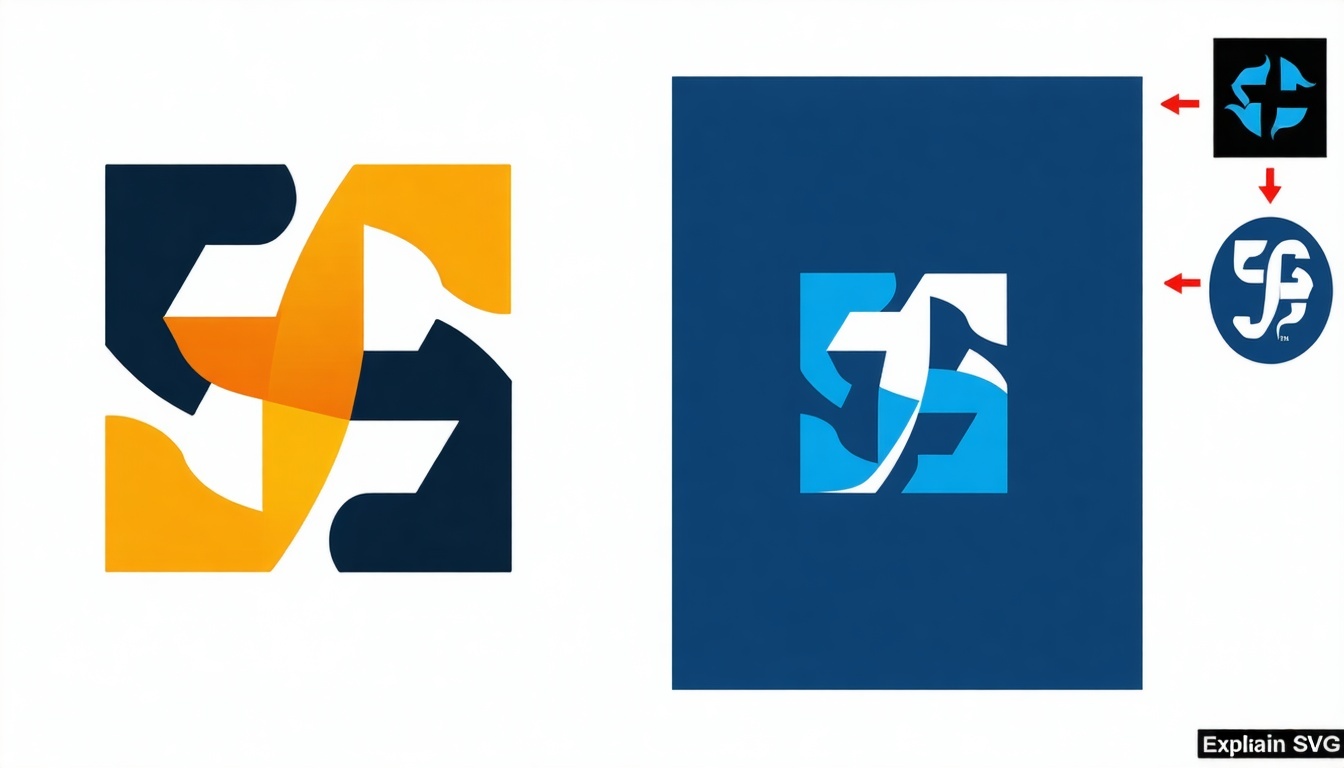
Trademark Licensing Considerations for Subsidiaries and Partner Organizations
Trademark licensing is essential when subsidiaries and partner organizations need to use your brand’s intellectual property. Learn how to structure effective agreements, maintain legal protection, and ensure brand integrity across your corporate network.
Why Trademark Licensing Matters for Subsidiaries and Partners
Trademark licensing allows a parent company or intellectual property holding entity to grant subsidiaries and partner organizations the right to use its trademarks. This approach ensures brand consistency, legal protection, and centralized control, which is especially important for maintaining trademark validity and eligibility for initiatives like Verified Mark Certificates (VMC).
Key Elements of a Trademark License Agreement
- Written Agreement: Always use a formal, written license agreement between the trademark owner and each subsidiary or partner. Clearly define the scope of use, permitted goods/services, and geographic territory.
- Quality Control Provisions: The licensor must retain the right to monitor and enforce quality standards. This helps prevent the trademark from becoming generic or invalid due to uncontrolled use.
- Royalty and Financial Terms: Specify whether royalties or other compensation are required. Even within a corporate group, documenting financial arrangements is important for tax and compliance reasons.
- Reporting and Oversight: Include procedures for regular reporting on trademark use and quality control, such as periodic reports or audits by the licensor.
- Termination and Enforcement: Define the conditions under which the license can be terminated, and outline remedies for breach or misuse of the trademark.
Special Considerations for Subsidiaries
- Ownership Structure: It’s common for a holding company to own trademarks and license them to operating subsidiaries. This approach protects the intellectual property asset and enables centralized brand management.
- Use and Non-Use Risks: The trademark owner must ensure the mark is actively used in commerce, either directly or through licensed subsidiaries, to avoid cancellation for non-use.
- Unity of Control: In some jurisdictions, demonstrating “unity of control” between parent and subsidiary can help defend against challenges, but maintaining a written license agreement is always the safer option.
Special Considerations for Partner Organizations
- Selecting the Right Partner: Evaluate the partner’s reputation, capabilities, and alignment with your brand values before granting a license.
- Scope and Exclusivity: Clearly define whether the license is exclusive or non-exclusive, and specify the permitted uses and markets.
- Ongoing Monitoring: Regularly monitor the partner’s use of the trademark to ensure compliance with quality standards and prevent brand dilution.
VMC and BIMI Implications
- License Documentation: For VMC eligibility, the Certificate Authority may require proof of a valid license if the applicant is not the direct trademark owner.
- Quality Control Evidence: Maintain records of quality control and oversight to demonstrate that the trademark owner retains control over the mark’s use by subsidiaries or partners.
Final Checklist for Trademark Licensing
- Formal Written Agreements: Ensure all trademark licenses are formal, written agreements.
- Quality Control and Reporting: Include robust quality control and reporting provisions in all licensing arrangements.
- Define Financial Terms, Scope, and Territory: Clearly specify financial terms, scope of use, and geographic territory in the license agreement.
- Ongoing Monitoring and Auditing: Regularly monitor and audit trademark use by subsidiaries and partners to ensure compliance.
- Demonstrate Use in Commerce: Actively demonstrate use of the trademark in commerce to maintain its validity.
- Maintain Documentation for Compliance: Keep all necessary documentation for VMC or BIMI compliance if required.
Need help structuring trademark licenses for your subsidiaries or partners?
Contact our support agents for expert guidance on agreements, compliance, and VMC requirements.
Find more answers in our VMC and BIMI FAQ section.
A well-drafted trademark license agreement with strong quality control is essential for protecting your brand, maintaining trademark validity, and ensuring VMC eligibility when working with subsidiaries and partner organizations.



